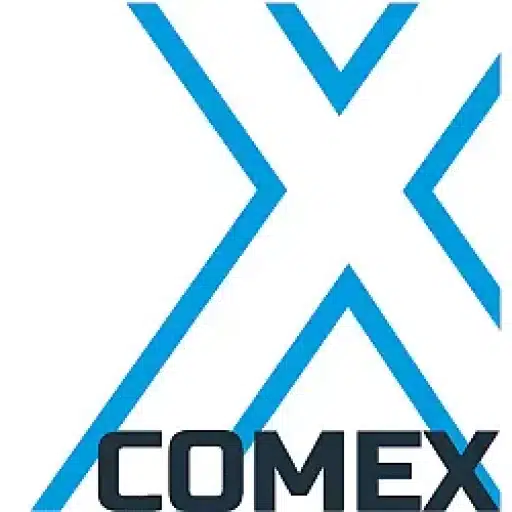+31 (0)43 30 88 400 | office@comex.eu

AVG places requirements on hardware
AVG places requirements on hardware
Usually, the AVG is viewed as a law that emphasizes data protection and security. That is certainly true, but the AVG affects other issues as well. It is not only a matter of content protection of personal data, but physical protection is also required. Thus, not only are you required to prevent an exposure of data, but also to ensure that data is not lost. And that part has a lot to do with hardware.
Locate must!
For example, the content requirements of the AVG imply that you need to know where your data are. Because if you don’t know where the data is, you can’t delete it. Localizability is a hard requirement for hardware. On top of that, you also need to know where the backups and archive data are that you may need to delete. The same goes for any cloud provider; even if the servers are in China, they must be able to act according to EU rules.
Literal requirements
The AVG’s technical requirements for data storage hardware are literal: permanently ensuring confidentiality, integrity, availability and resilience. This must be in accordance with the state of the art. Using old stuff is not allowed, although “state of the art” is defined little precisely because technology changes rapidly. Well: you must be able to demonstrate that you have taken care to have and use modern and reliable equipment.
In practice
Confidentiality is (obviously) about privacy, but the other three points are clearly about technology. Integrity, for example, means keeping the data intact. A customer has a right to have his or her data be undamaged and accurate. You must also be able to demonstrate that. Indeed, the data must remain available, and you must be able to guarantee that permanently. So even after a crash, you need to make sure that data is available again in a foreseeable time. Resilience addresses the load capacity of the system. This must be able to be sufficiently loaded without compromising data availability and security.
All points for consideration when choosing a storage system. We are happy to think with you! In our next blog, we will explore this topic in more detail.

